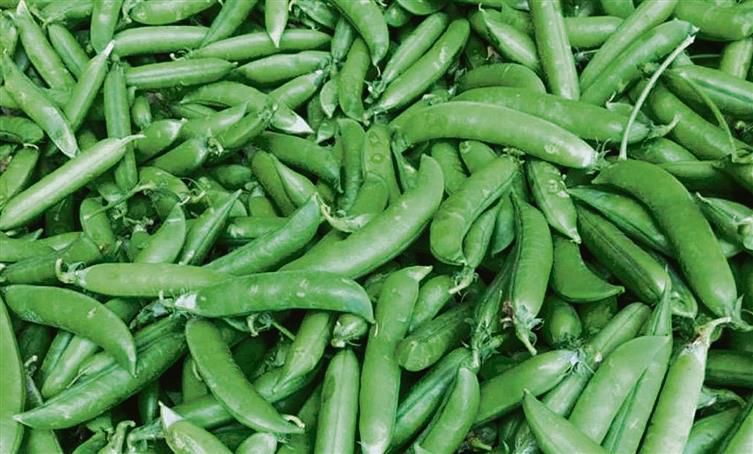With pea windfall, farmers of Spiti reap bountiful harvest
Dipender Manta
Mandi July 4
In the remote Spiti valley, nestled amidst the formidable peaks of the Himalayas, farmers are celebrating a remarkable season for their pea crop. Known for its challenging terrain and harsh climatic conditions, the valley has often posed significant challenges to agriculture. However, this year, fortunes of local farmers have taken a turn for the better as pea is fetching prices up to Rs 150 per kg to them.
The success story unfolds against the backdrop of diligent cultivation practices and a stroke of favourable weather. Typically, Spiti experiences short growing seasons and extreme cold, making agriculture a precarious endeavour. Yet, the perseverance and expertise of farmers have yielded a bumper crop of peas. This year’s harvest is not only abundant, but also of exceptional quality, meeting the stringent standards demanded by markets beyond the valley.
Crop fetching up to Rs 150 a kg
- Known for its challenging terrain and harsh climatic conditions, the Spiti valley has often posed significant challenges to agriculture. However, this year, fortunes of local farmers have taken a turn for the better as pea is fetching prices up to Rs 150 per kg to them
- The increase in prices is attributed to the rising demand in neighbouring regions and cities, where consumers appreciate the freshness and superior taste of Spiti peas
- The transportation infrastructure improvements have played a pivotal role in connecting Spiti valley to broader markets efficiently. The roads have reduced transit times and logistical costs, enabling farmers to access more distant and lucrative markets
- The success of this year’s pea harvest not only signifies economic prosperity, but also underscores the resilience and adaptability of Spiti farmers
Yoral Dorje, Tabo panchayat pradhan, expressed his delight, stating, “This year has been exceptional for us. The peas are plump and sweet. We are getting the prices we never imagined.”
The increase in prices is attributed to the rising demand in neighbouring regions and cities, where consumers appreciate the freshness and superior taste of Spiti peas.
Moreover, the transportation infrastructure improvements have played a pivotal role in connecting Spiti valley to broader markets efficiently. The roads have reduced transit times and logistical costs, enabling farmers to access more distant and lucrative markets.
The impact of this windfall is palpable across the community. Many farmers, traditionally reliant on livestock and subsistence farming, have now diversified into pea cultivation as a viable cash crop. The shift promises economic stability and growth, offering a sustainable alternative to the uncertainties associated with traditional farming practices in the region.
Agricultural experts view this development as a potential game-changer for Spiti’s economy. The experts emphasise the need for continued support in terms of agricultural extension services, market linkages and infrastructure investments to sustain this momentum.
As the season progresses, optimism runs high among the farming communities of Spiti valley. The success of this year’s pea harvest not only signifies economic prosperity, but also underscores the resilience and adaptability of Spiti farmers in overcoming challenges posed by the unique geographical and climatic conditions. The story of Spiti farmers serves as a beacon of hope and inspiration, illustrating the transformative power of agriculture in remote and marginalised communities.
Dr Anil Kumar, Agriculture Officer at Kaza in Lahaul and Spiti, said over 1,500 hectares of land is covered under pea cultivation in Spiti. “This year, farmers of the region are fetching Rs 120 to 153 per kg for pea crop, which is the highest price received by the farmers so far. The department is encouraging farmers to adopt rotation farming for better produce,” he added.









